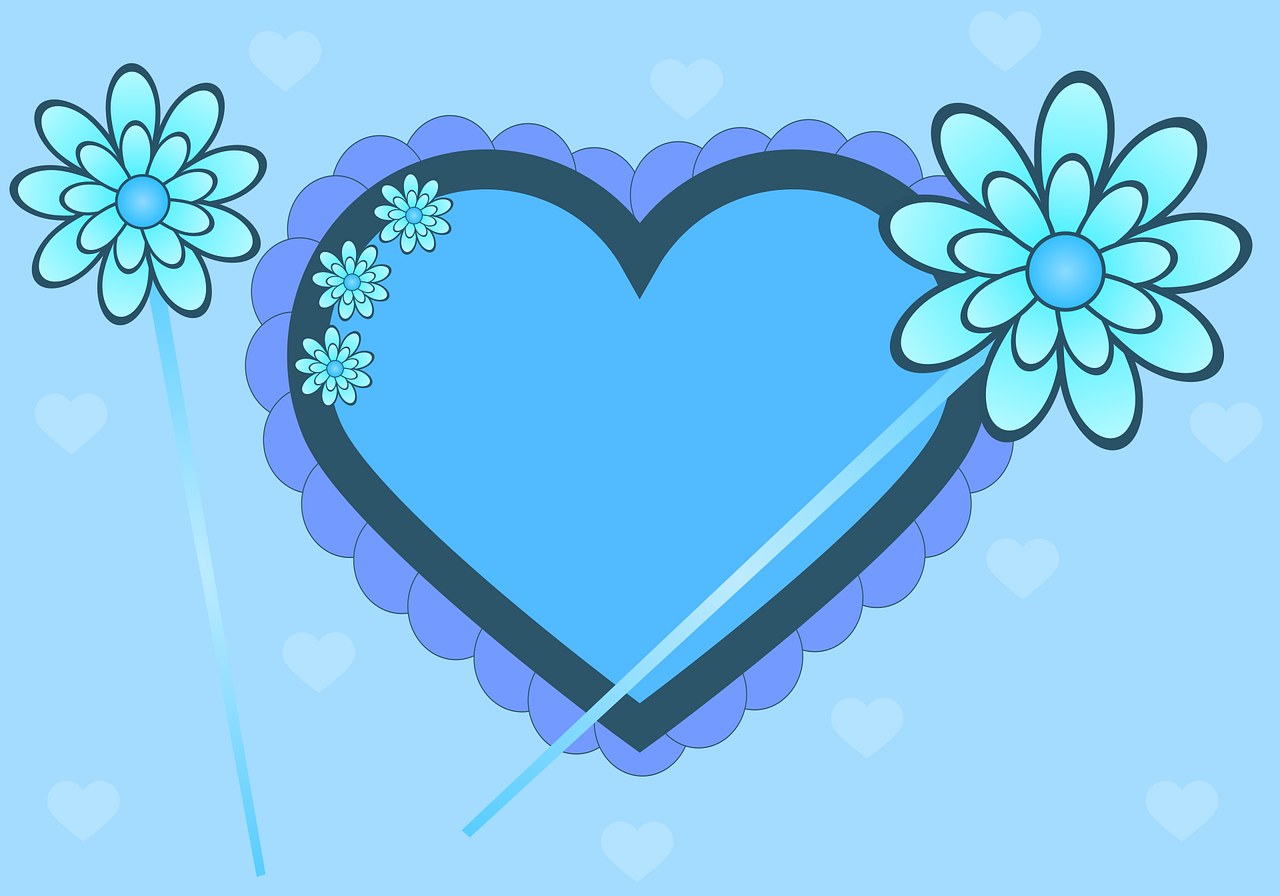Two people can sit on the same couch and feel utterly different storms inside. One person notices a fizzy, cinematic rush and can’t stop replaying the last conversation; the other feels a warm steadiness that makes room for silence, chores, and deep breaths. Both reactions can point to a meaningful bond, yet they are not identical. Many of us spend weeks wondering whether we are being swept away by being in love or settling into durable affection. Untangling those sensations matters – not to drain romance of its sparkle, but to recognize the shape of what is growing so you can care for it accordingly.
Why the distinction matters more than it seems
Mistaking a brief spike of euphoria for something lasting can send you chasing intensity while overlooking compatibility. On the other hand, writing off a stable connection because it lacks fireworks can mean passing on the very conditions that allow attachment to deepen. Knowing whether you are experiencing being in love or something quieter and sturdier helps you make choices with fewer mixed signals and fewer self-sabotaging patterns. When you understand which feeling has the wheel, you can slow down, speak up, or lean in – and do each with intention.
Think of it this way: being in love often feels like speed – exhilarating, bright, consuming. Loving someone tends to feel like gravity – steady, orienting, protective. Neither is inherently better, yet each carries different consequences for how you plan, communicate, and ride out conflict.

What psychology suggests about the feelings you are sorting
Psychology often describes romantic bonds through three ingredients that can mix in different proportions: intimacy, passion, and commitment. The thrilling phase many people label being in love leans heavily on passion with a quick bloom of intimacy – a cocktail rich in dopamine and novelty. The calmer, enduring state we call love leans on intimacy and commitment, which thrive on trust, safety, and the oxytocin that follows reliability. There is another dynamic frequently discussed in this context: limerence, the ruminative fixation that can make your mood rise and fall with a glance or a text. Limerence can feel persuasive – it mimics being in love – yet it does not always convert into a bond that endures the daily grind.
So how do you tell whether the story unfolding between you points to being in love or to love that will still make sense after the rush subsides? The differences below unfold in your thoughts, your behaviors, and your nervous system. Read them not as rigid rules but as lenses that bring your current experience into focus.
The emotional buzz versus a stable base
- Chemistry versus compatibility – A magnetic spark can appear within minutes and feel like destiny. That sensation is commonly associated with being in love. Compatibility emerges more slowly: shared values, a matching approach to repair after conflict, humor that lands on the same wavelength. Compatibility is the scaffolding on which affection can keep climbing once the early blaze fades.
- Obsession versus consideration – Replaying every detail of your last date is exciting, yet it can trap you in a loop where your attention narrows to the next hit of contact. Love widens the frame. You still care deeply, but you track the other person’s needs alongside your own and you protect your routines, friendships, and health.
- Idealization versus realism – When you are being in love, it is easy to airbrush the rough edges and imagine a flawless fit. Affection that settles into the long haul invites clearer eyesight: you notice quirks and off-days and decide to care anyway. You are not chasing a fantasy; you are building with a real person.
- Dopamine sprints versus oxytocin calm – The chase and the first kiss can feel like a festival of energy, a hallmark of being in love. Love is less about sprints and more about breath – the exhale you share on a quiet afternoon, the relaxed nervous system that trusts you will be there tomorrow.
- Risk-taking versus safety-seeking – Early connection can feel like leaping without a harness. Love adds the harness. Safety does not kill desire; it makes authentic self-expression possible because you are not bracing for impact.
- Future fantasy versus present foundation – In the rush of being in love, your mind may skip ahead to trips and milestones that have not earned their way onto the calendar. Love keeps pulling attention back to what can be tended today: listening better, clarifying boundaries, practicing repair.
- Self-focus versus other-focus – The early high spotlights how the bond makes you feel. A steadier state shares that spotlight. You start asking what makes them feel welcomed, soothed, and supported – even on days when you are tired or stressed.
The quick spark versus a flame that keeps you warm
- Fast burn versus slow growth – Lightning-strike chemistry can set the field aglow, a common signature of being in love. Love grows like a well-tended tree: effort, seasons, patience. The timeline looks different, and that difference matters when real life gets noisy.
- Flash versus steadiness – A spark draws attention; a steady flame sustains. Being in love can turn every moment grand. Love keeps the lights on during ordinary Tuesday nights and difficult Wednesdays, and it does so without theatrics.
- Emotional whirl versus emotional balance – Drama can masquerade as depth. Love chooses clarity over scorekeeping, listening over one-upping, and resolves conflicts so they don’t calcify. With being in love, a small misunderstanding can feel enormous; with a steadier bond, you stay grounded enough to sort it out.
- Performance versus authenticity – New romances can trigger highlight-reel behavior: the curated outfit, the clever line, the carefully timed text. Love grants permission to put the mask down. You can show grief, anxiety, and unmet needs, and the room does not collapse.
- Romance-driven versus routine-ready – Flowers and surprises are delightful, but a shared life is also pharmacies, laundry, and budgeting. Being in love revels in spectacle; love proves itself in small repetitions that say, again and again, I am here.
- Conflict avoidance versus conflict navigation – Keeping everything glossy may preserve the high of being in love for a while, yet avoided topics leak back as tension. Love treats disagreement as a bridge, not a cliff edge. You address issues openly and come away feeling closer, not depleted.
- External validation versus inner assurance – When you are leaning on the chemical surge of being in love, you might chase reassurance constantly. In a secure bond, you still enjoy affirmation, but your baseline feels firm because daily actions have earned trust.
Intensity that dazzles versus intimacy that endures
- Infatuation versus depth – Infatuation floods your senses and can feel like a permanent sunrise. Being in love often lives here. Depth builds when the light shifts: you keep showing up, you listen with patience, and you let the relationship breathe between meetings instead of gripping it tight.
- Jealousy spikes versus trust habits – Vigilance and worry can flare when you are living inside the volatility of being in love. Love installs rituals of trust – returning calls, telling the truth promptly, owning mistakes – so fear has less room to run.
- Fantasy bond versus true closeness – It is possible to attach to an imagined version of someone, especially during being in love, and then defend that image against reality. Intimacy prefers honest detail: you trade polished performances for unfiltered stories and accept each other as whole people.
- “I need you” versus “I choose you” – Dependency can sound romantic in the heady phase; it can also shrink your world. Love is active, not compulsive. Choice speaks every day in effort, respect, and collaboration – not because you must, but because you intend to.
- Temporary rush versus sustainable bond – The early cyclone was never supposed to last forever. Being in love can taper, and that is not failure; it is biology doing what biology does. What remains is the bond you practice on purpose: repair, kindness, boundaries, generosity.
- Falling versus staying – Falling rarely requires skill. Staying asks for emotional maturity – the unglamorous heroics of apology, curiosity, and growth. Being in love may drop you into the story; love keeps you writing new chapters together.
Can the two feelings coexist?
Absolutely. Many strong partnerships carry both currents. You can be loving someone in a grounded way while also being in love with them – especially when both people protect trust, nurture intimacy, and keep novelty alive. The goal is not to force a choice but to recognize which current is stronger right now so you can give it what it needs. In some couples, being in love opens the door and gradually hands the keys to love; in others, affection is stable early and the spark grows as safety frees both people to explore.

If you worry the initial thrill is fading, check whether steadiness has arrived to take its place. If your heart is racing all the time, ask whether reliability needs to catch up. Naming the pattern does not diminish romance – it helps you cultivate the version that can survive the calendar and the chaos.
Practical ways to explore what you are feeling
Reflection – Give your emotions a wide, honest mirror. Ask yourself questions that reach beneath the buzz: Do I feel mostly exhilarated or mostly secure? Am I rehearsing scenarios or noticing how we show up for each other? Do my routines remain intact, or has my life narrowed around contact? The answers will not produce a score, but they will reveal whether you are living closer to being in love or to a steadier kind of affection.
Reality testing – Trade grand gestures for ordinary time. Spend a weekend doing simple things: errands, naps, reading in the same room, unplanned hours that bump into boredom. Being in love often craves spectacle; love flourishes in the unscripted moments that expose how you navigate silence and small stressors together.

Relationship boosters grounded in practice – Gratitude journaling can strengthen warmth by directing attention toward what your partner consistently does well. Novel activities – a new trail, a different recipe, a class you try side by side – can reintroduce freshness when routines dull the edge. Those experiments do not replace communication, yet they help your nervous systems associate the relationship with both safety and surprise, a combination that supports being in love without sacrificing stability.
Limerence check – If you notice loops of rumination, euphoric spikes after minimal contact, and an urge to explain away mixed signals, consider whether limerence has taken the wheel. Talk to a trusted friend or a therapist who can reflect patterns back without judgment. That conversation can help you distinguish being in love from fixation and steer you toward choices that protect your wellbeing.
Write it out – Putting feelings into sentences can reveal what scattered thoughts conceal. Try a letter you do not have to send. Say what draws you close, what scares you, and what you want next. The act of writing slows the rush, clarifies desire, and often shows whether being in love is transforming into something steadier or simply asking for more time.
Reading your own signals with compassion
There is no prize for answering the question on a deadline, and no shame in discovering that the high you felt was a chapter rather than the whole book. It’s also possible – and wonderful – to realize that being in love and loving someone are flowing together in a way that makes even ordinary days feel lit from within. What matters is staying honest with yourself and with the person across from you. If you feel pulled toward intensity, say so and build guardrails. If you are craving steadiness, say that too and collaborate on routines that make both of you feel held.
When doubt returns – and it will – revisit the distinctions. Ask whether your connection is running on bright surges or on quiet dependability. Notice whether your choices align with your answer. Over time, you may find that the two states keep trading places as your bond evolves. Being in love can become the doorway to devoted partnership; devoted partnership can protect space for the thrills to flicker back to life. Naming that dance does not reduce its magic – it lets you lead with both heart and wisdom.
Wherever you are today, let the knowledge guide gentle action. If what you feel is being in love, enjoy the light – and keep an eye on whether trust and honesty are growing alongside it. If what you feel is love, honor the calm – and add novelty so your story keeps moving. Either way, you are allowed to ask for what you need, to protect what matters, and to choose the version of connection that lets both of you be fully yourselves.